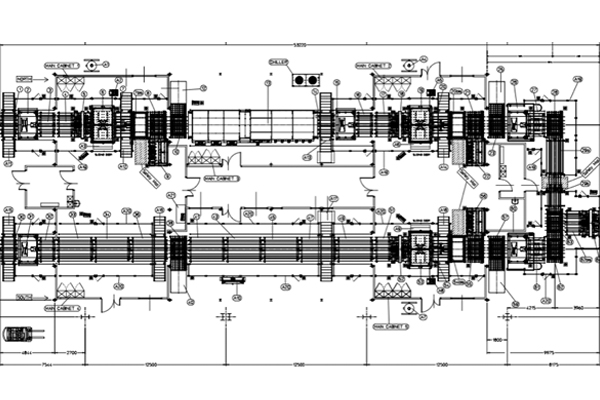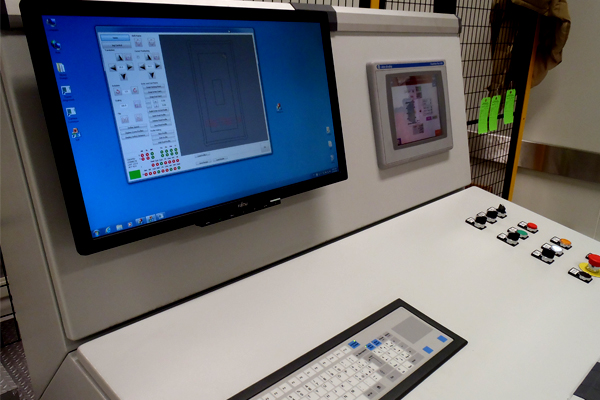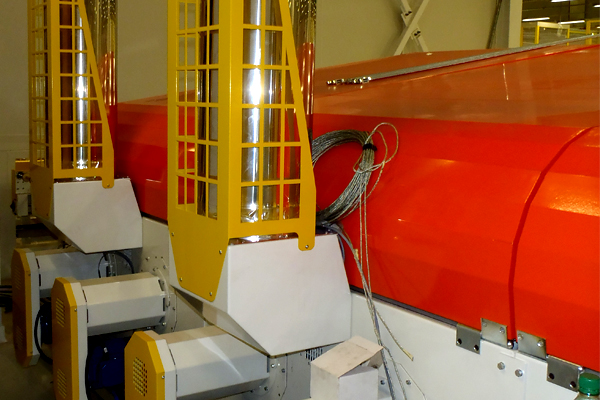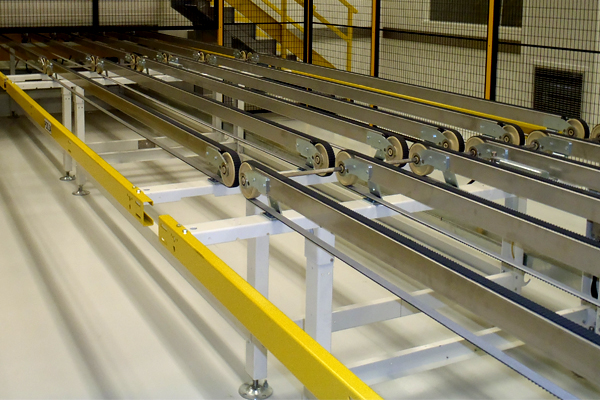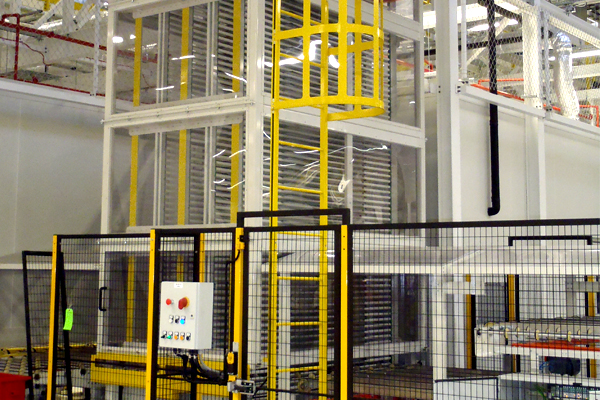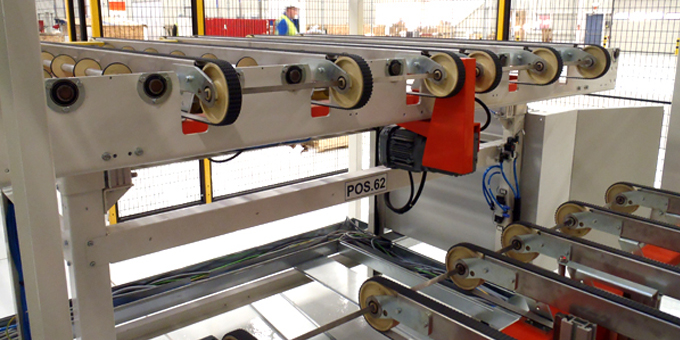
Cutting edge technology for Windshields
| YEAR | 2011 |
| Printing machines | 3 x Series G 130x200L |
| Dryers | IR 200 3+3 + Chiller Unit |
| Special equipment | 3 Axis Control Edge to Edge System, Broken Screen Detection Unit, Automatic Asymmetrical Centering System, Automatic Screen Alignment, Vertical Inspection Unit, 5 Pressurized Stackers, Lifting conveyor, Automatic Centering Furnace Loader, Part Tracking System, Line Supervisor System, Safety Access control system. Detection Unit, Automatic Asymmetrical Centering System, Automatic Screen Alignment, Vertical Inspection Unit, 5 Pressurized Stackers, Flip Over Conveyor, Part Tracking System, Squeegee Sharpening Machines. |
| Total positions | 64 |
| Customer requirements | The customer was one of the most technologically driven glass fabricators. Their request to Cugher was to engineer a fully automatic Windshield printing line. The line was commissioned for the production of OEM glasses for Daimler group. Exceptional performance parameters were demanded. Extremely high precision, reliability and advanced automation were mandatory. The biggest milestone was the ability to carry out the changeovers in a very short time. |
Supply description
The installed line, based on the Series G printing machines, represented the state of the art equipment. The printing machine had a repeatability accuracy of 0.08 mm. All machines were equipped with the Automatic Asymmetrical Centering System which was used to guarantee the the perfect centering of windshields with challenging shapes. The correct positioning of the screen was completely automated and could be done in a few seconds. The line supervisor were provided with the function to able to send the correct recipe for the next production batch to each station. Once the machines received the recipe, they would would perform the auto set up. The model changeover would be carried out in automatic along the whole line. Therefore the intervention of the operator was reduced to the minimum and the final quality of the product was independent of the operator’s skill, thus the human error factor was eliminated.

